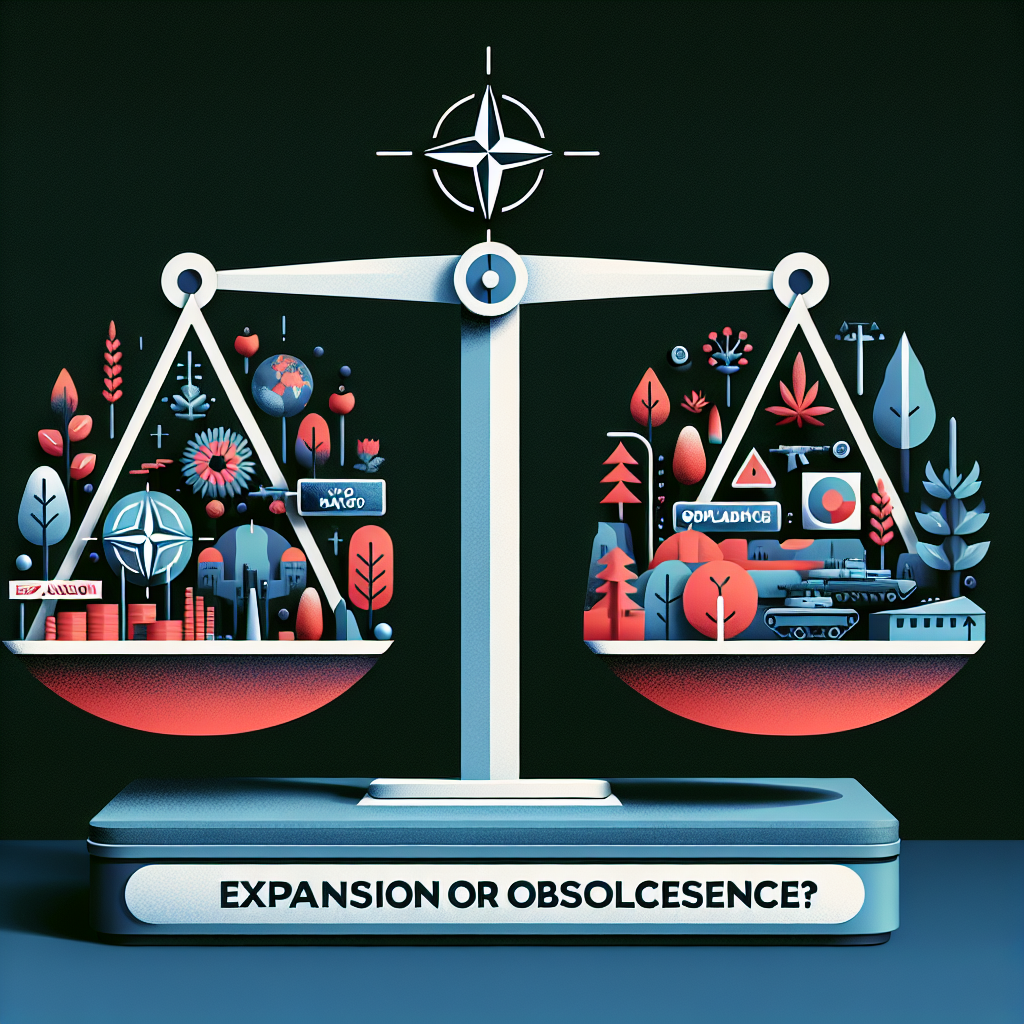
The Future of NATO: Expansion or Obsolescence?
The Future of NATO: Expansion or Obsolescence?
Historical Context: NATO’s Origins and Evolution
Current Challenges Facing NATO
1. Evolving Global Threats
2. Internal Divisions and Burden Sharing
3. Challenges from Emerging Powers
The Debate: To Expand or Not to Expand?
Arguments for Expansion
Arguments Against Expansion
The Future Trajectory of NATO
1. Reinventing the Alliance
2. Strategic Autonomy and Partnership
3. Managing Relations with Russia
The Geopolitical Impacts of NATO Expansion
Stabilization and Security
Regional Tensions and Risks
Balancing Act: Diplomacy and Deterrence
Conclusion: Is NATO Still Relevant? Or is It Obsolete?
References and Further Reading
- North Atlantic Treaty Organization Official Website: https://www.nato.int
- “NATO’s New Strategic Concept,” NATO Review, 2022
- “The Future of NATO and European Defense,” Council on Foreign Relations, 2023
- “Russia and NATO: Tensions and Opportunities,” RAND Corporation, 2021
- “Cyber Threats and NATO’s Response,” Harvard Kennedy School, 2022


